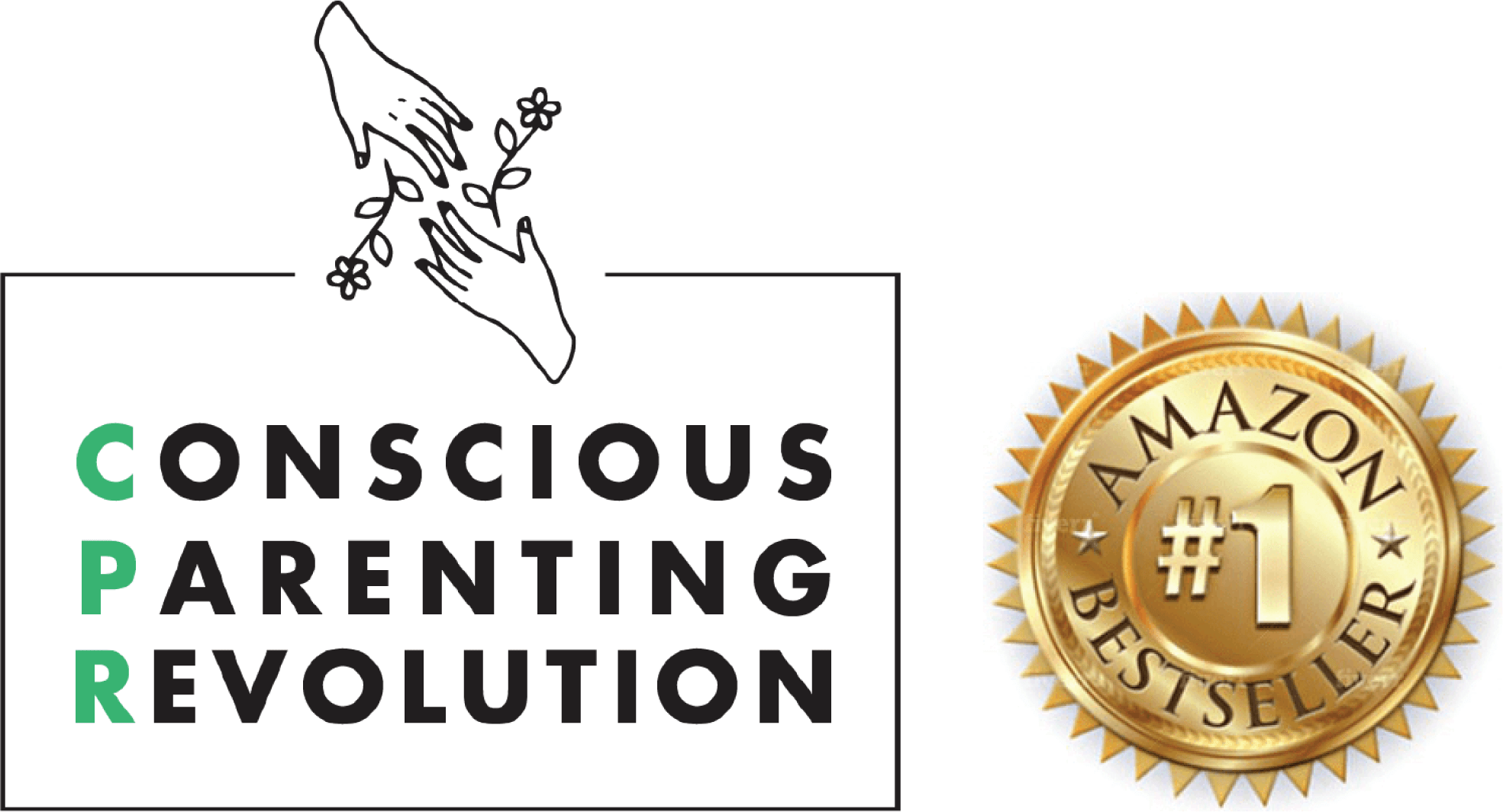I recently heard a tale of a friend who had rented their home overseas to a Hollywood star, who was staying there with their children while shooting a movie nearby. When their house was returned to them, the walls were covered in scribblings by the star’s children. They were given no rules and encouraged to “nurture their creativity” (not in a coloring book intended for the purpose, however). Undoubtedly, the parent is warm and loving and responsive; it’s not an issue of neglect. They are well-loved and well-cared for children, for sure.
As I listened to the story being recounted, it occurred to me that the star was an example of permissive parenting. This got me thinking about how it compares as a style of parenting to my style of guidance parenting.

Permissive parents generally do not monitor or regulate their children. They see their child as an equal. Their relationship in their eyes is their kids are their friends rather than they are parenting them.
Tools used by permissive parents can often include bribery. And they will give their kids gifts to get them to do what they want. The word “no” is rarely used. This is coupled with very few demands from their child and the use of very few rules or standards of behavior to give them boundaries. The guidance parenting approach doesn’t use any rewards or punishments. We don’t ever make demands because that activates the 3R’s. However, requests are made, and when experiencing resistance, it is addressed. A guidance parenting approach will create the environment for rules to be built in collaboration with kids not from on high without input.
Permissive parents avoid asserting authority over their children and avoid confrontation. They have a difficult time saying “no” to their children and are reluctant to impose limits or enforce consequences. The distinctions are subtle in some ways and not so subtle in other ways when comparing permissive to a guidance approach. With guidance parenting, you don’t use “consequences” either, as that word is a euphemism for punishment.

Instead of ignoring your child’s behavior, when you use the guidance approach, you address it not from the point of “power over’ your child. Instead, you look at their behavior by ‘assertively addressing it.’ You model assertiveness by speaking to your kids’ behavior when it gets in the way of meeting your needs. You let them know the net tangible effect on you in concrete terms. This allows for their self-started considerate behavior to arise. If that isn’t forthcoming, you then make concrete doable requests.
Permissive parents are not demanding and provide very little in the way of schedule or structure. Their children don’t have many responsibilities and are allowed to regulate their behavior and choices. The guidance approach doesn’t make demands either, as mentioned above. However, there are requests made and listening to resistance and problem-solving.

Permissive parents emphasize their children’s freedom rather than responsibility and are characterized by being lenient and overly lax. They dislike control and authority over their children. They do not monitor or guide their children’s behavior and implement very few rules and standards of practice.
Permissive parents are warm and responsive, and that’s a good thing. However, studies have found that children of permissive parents struggle with self-control, leading to a variety of adverse outcomes.

The constant compromises that permissive parents make can bring negatives for both child and parent. Rather than build the parent-child relationship, permissive parenting can undermine it. When your child doesn’t trust you will enforce rules that keep them healthy and safe, they disrespect you. How does this play out?
For example:
* “Ok, I guess you don’t have to wear your bike helmet if it makes you that unhappy.”
* “Ok, I guess you can spend the night at that party without the parents there.” Your child becomes more challenging, looking for limits, and importantly, looking for proof that they’re loved.

The heart of the issue is realizing that some of the strategies your children use to meet their needs, can give rise to others not being able to meet their needs. Then the teaching of consideration can take place. Each time you raise this with your kids, they become more conscious that they are not the only person with needs in the room. Teaching and guiding in this way supports that growth.
Meanwhile, permissive parenting is linked to children’s problems, like poor academic performance and behavioral issues. For example, one study found that children as young as four years old tend to internalize problems more when exposed to permissive parenting.
The adverse side effects of this parenting style are found to include:
* Children not being taught or required to have good manners or be responsible around the home.
* Children are impulsive, aggressive, lack independence, and personal responsibility, mainly due to their enormous lack of boundaries. With a guidance parenting approach, you would never shame a child for lapses in self-control that are developmentally expected. However, you would not ignore them either. You would support the growth and address it.
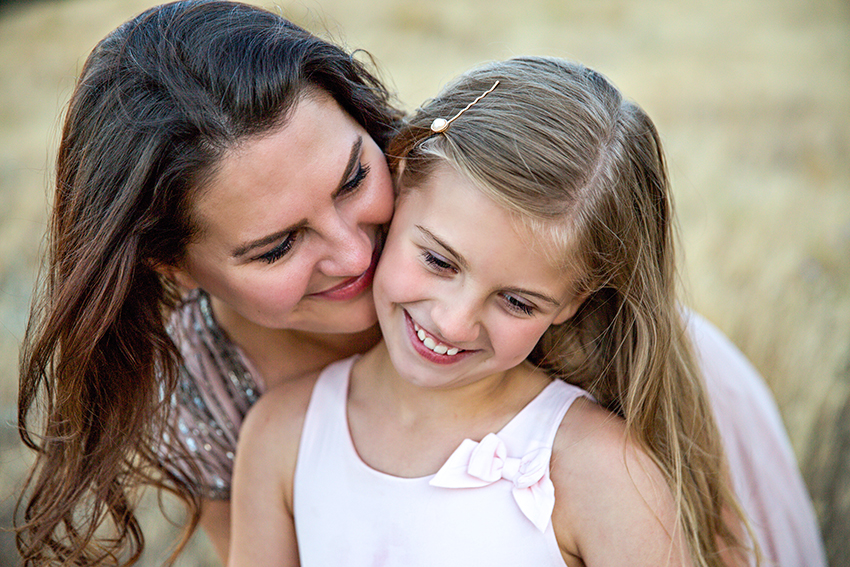
* Children who are brought up with a permissive parenting approach can have symptoms of anxiety and depression. In my course, I talk about “autonomous” children and the “belongers.” The kids that are more belongers will be thinking about what others think of them and need to be empowered to stay connected to their sense of things. Those that are so self-directed and autonomous need to attune to others’ needs. Both need guiding.
* While children from these homes tend to have high self-esteem and pretty good social skills, they are also demanding and selfish.
* They are similar to kids raised with the overprotective parenting style. These children are highly likely to look for praise and the value of their self-worth from peers and strangers (external) versus themselves (internally), which can be very dangerous.

When you don’t learn to set limits, your children don’t develop the ability to tolerate frustration or learn how to manage themselves. These children are often referred to by others as “spoiled.” This is where parents using the guidance approach, listen to their children’s disappointment. They acknowledge their feelings can support their kids’ experience. If you use this technique, you are telling your child they matter too, even when you are not able to accommodate them.
A child brought up with permissive parenting learns that disappointment and sadness are intolerable. They realize on some level, their parents will do almost anything NOT to let them experience distress. The child spends the rest of their life doing whatever is necessary to avoid feeling what they fear will be unbearable. And because they never learn to feel comfortable with their more challenging feelings, they have a low EQ – emotional intelligence.
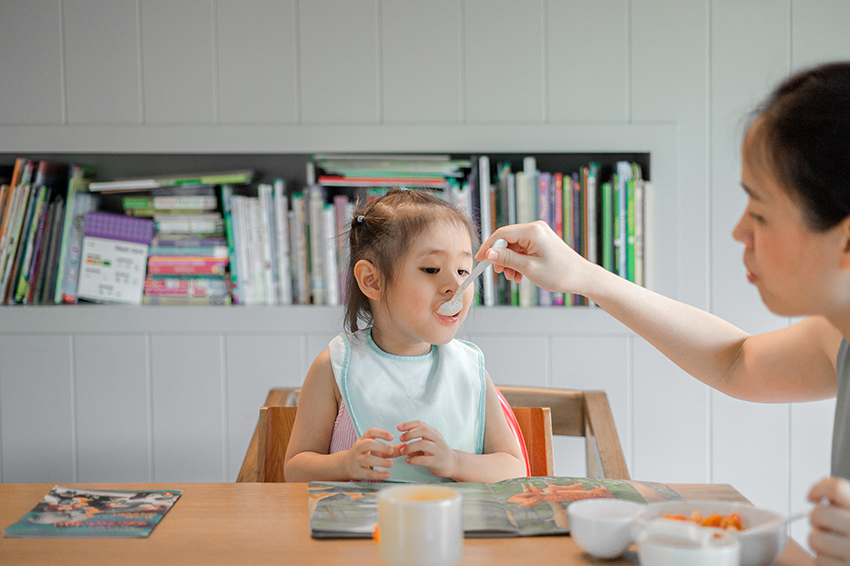
The child never learns that happiness is not derived from wish fulfillment. This results in them are likely to spend their life pursuing one “thing” after another that they think will make them happy. But they can’t find happiness.
Research has also suggested that kids raised by permissive parents:
Display low achievement in many areas
Because their parents have little to no expectations of them, these kids have nothing to strive toward. Studies have linked permissive parenting to lower academic achievement. This is an area where the teaching in my Guidance Approach to Parenting Course can benefit kids. Children are taught consideration of others’ needs as well as their own. This means they can become leaders among their peers because they look for ways to resolve conflicts. Thus, everyone’s needs are met.
Make poor decisions
Their parents to not set or enforce any type of rules or guidelines. So these kids struggle to learn good problem-solving and decision-making skills.
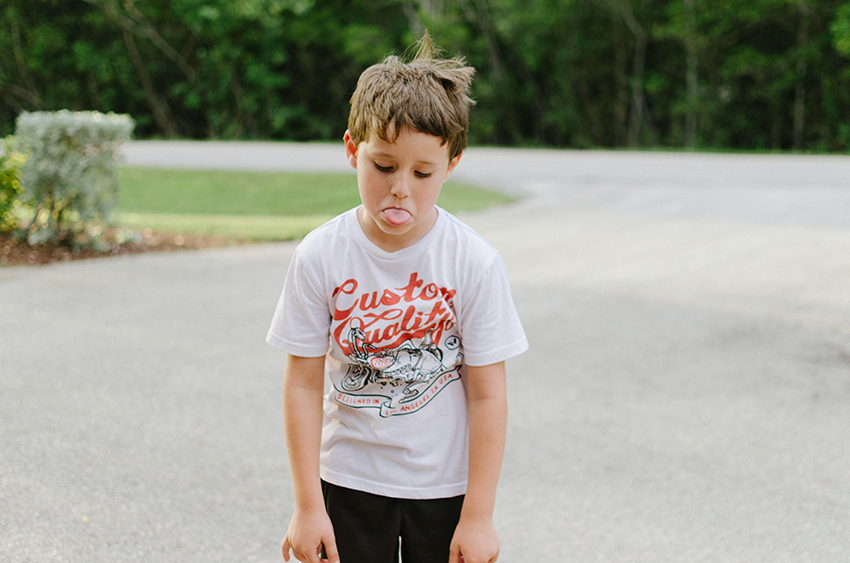
They may be more prone to delinquency and substance use
Studies suggest that children raised by permissive parents are more likely to engage in misconduct and alcohol or substance use.
Show more aggression and less emotional understanding
In this instance, your child doesn’t learn to effectively deal with their emotions, particularly in situations where they do not get what they want.
This is very similar to children of aggressive authoritarian parents too. These kids have been trained to be sent to their rooms and told not to emerge until they are calm. So they may learn a false calmness and how to show the face that is allowed. However, kids who are brought up by authoritarian parents do learn emotional regulation, or how to speak about their feelings and needs. Meanwhile, with a guidance approach, rules are reached through collaborative discussions. Not handed down from on high. Children with permissive parents may struggle when faced with stressful or emotionally challenging situations.
They are unable to manage their time or habits
Because of the lack of structure and rules in the home, these kids never learn limits. This might lead to watching too much television, playing too many computer games, and overeating.
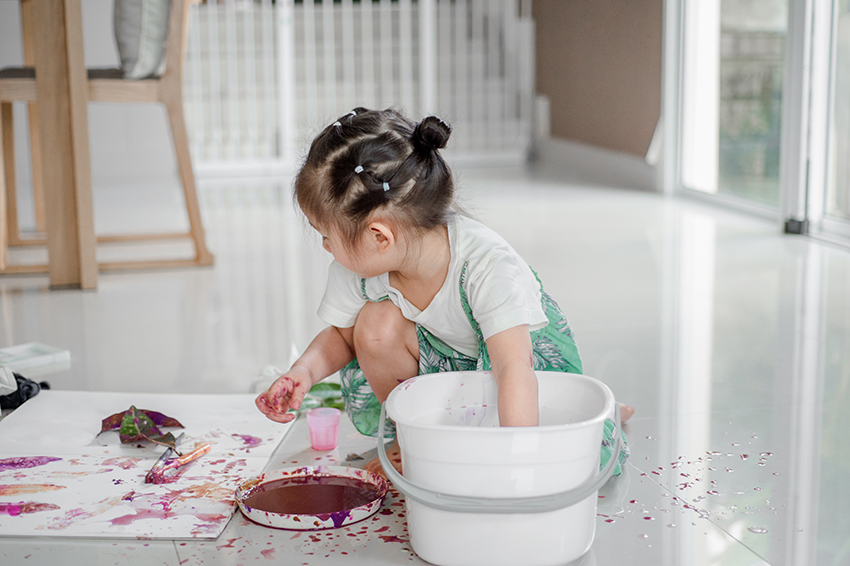
However, strict limit-setting, which doesn’t offer kids empathy, is just as bad for them as permissive parenting. What, then, is the sweet spot between strict and permissive parenting? You probably guessed what I’m going to say. Boundaries and expectations are laid out in guidance parenting and enforced healthily.
Kids thrive when limits are set with empathy. I personally learned how to acknowledge my children as people – not “people-in-training,” but real people NOW, with their feelings and needs. We’re not talking about “indulging” your child to do whatever they want, whenever they want.
I’m not talking about being so “permissive” your child feels anything they do is right merely because they do it. Being a conscious parent is about actively engaging with your child at a deeper level, so they feel safe and confident enough to embrace and reveal their true self. They can take their place in life with energy and joy, thanks to your constant, caring support and guidance.
Here’s how you can set limits and find the balance that’s best for your family.
Look for the reasons behind the behavior
Remember, behavior is communication. Children’s challenging behavior is usually caused by:
1) A lack of knowledge or experience
2) A need for attention
3) Physical triggers, such as fatigue or hunger
4) Emotional triggers like boredom or fear. If you can find and alleviate the cause, the behavior typically stops
Tell your child specifically what to do, rather than what not to do
The words, “Put your crayons in the box and put the paper in the drawer,” are much more helpful than, “Don’t make a mess with the art supplies.”
Point out positive behavior
Let your child know when he gets it right. “You put your shoes in the closet and hung up your backpack. You’re a hard worker.” Clear, descriptive encouragement rather than praise helps your child understand your expectations and builds confidence.
Plan ahead and maintain a predictable schedule
Children feel safer and happier when they know what to expect. For example, “It’s almost time to go to school. We’ll clean up the trains in five minutes.” Kids do need limits for healthy emotional development. Not unreasonable limits, and definitely empathic limits in the context of a healthy parent-child connection, but kids do need appropriate limits.
Spend time together
Children may not understand the intricacies of adult life, but they are acutely sensitive to parents’ emotional states. When parents are stressed or anxious, children may feel fearful. Try to slow life down as much as possible and engage in family time activities, especially in the evenings.
Eat dinner together, read stories at bedtime, and take time to talk about the day. These little moments cement your relationship and give children the security they need.
Take care of yourself
Go to bed early and make time for exercise. Connect with friends, participate in a hobby, or read a book. Parenting is an endurance sport, and you need to care for yourself so you can care for your child.
If you liked this blog post, then check out my post on five tips you can use to implement guidance discipline.
